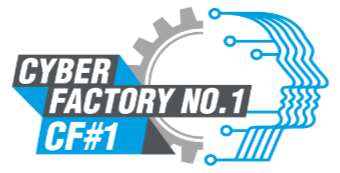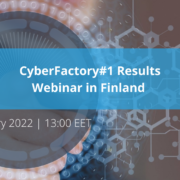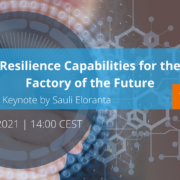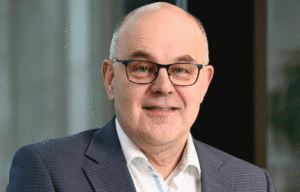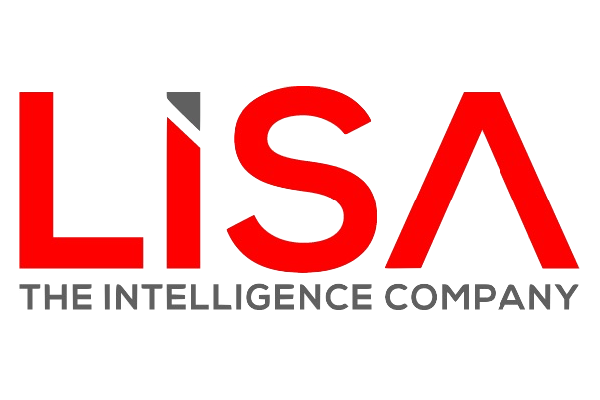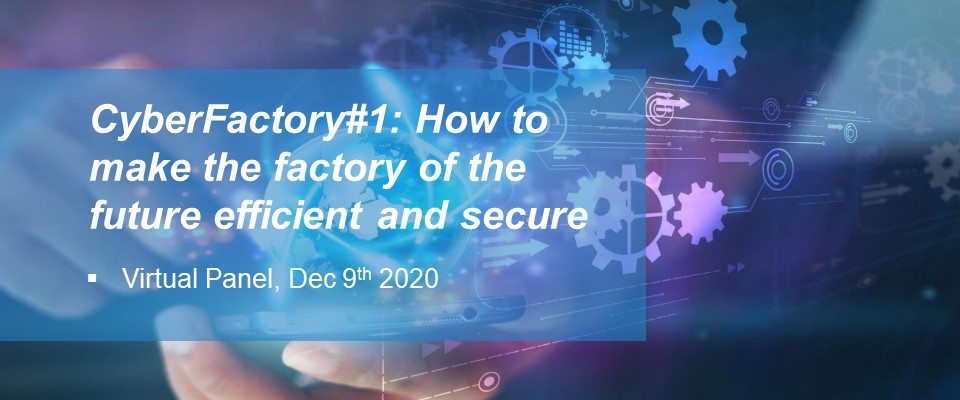CyberFactory#1 Results Webinar in Finland
The webinar provides insights to the research and development work done by the Finnish consortium partners, Bittium, High Metal, Houston Analytics, Netox, Rugged Tooling and VTT during the past three years. We focuse on the ITEA project core themes, namely optimization and cybersecurity. The webinar starts with the host Jarno Salonen (Senior Scientist and the CyberFactory#1 project country coordinator) introducing the project briefly. Then the partners present their key results from the project and the participants may raise questions after each presentation.
Recording:
Please note: The main language of this event is Finnish.
Presentations
Webinar kick-off. What is CyberFactory#1 about?
Jarno Salonen, VTT
Lauri Nurminen, High Metal
Quality assurance and monitoring of demanding IP networks in lab and live
Risto Kauppi, Rugged Tooling
IAM approaches in factory environments
Markku Korkiakoski, Netox
AI utilization for anomaly detection in cybersecurity
Antti Syväniemi, Houston Analytics
Digital Twin for industrial cybersecurity simulations
Mirko Sailio, VTT
Development of Cybersecure Architecture to improve Cyber Resilience – Practical Examples
Jari Partanen, Bittium
Webinar conclusion and final words
Jarno Salonen, VTT
Speakers
Jarno Salonen is a Senior Scientist in the Applied cybersecurity research team at VTT. He is the Finnish country coordinator of CyberFactory#1 and also coordinates VTT’s research in three other EU projects, namely SeCoIIA, CyberSec4Europe and Mind4Machines. He has a professional background of over 20 years in making the digital world a better place for ordinary users especially in the areas of cybersecurity, privacy, resilience and development of digital services.
Lauri Nurminen is a Vice President and entrepreneur at family owned company High Metal Oy. At High Metal he is responsible for marketing, sales and project management of CyberFactory#1. He has a professional background of over 15 years in translating the engineers’ ideas to customers. His goal is to transform a traditional manufacturing company to a technology and data-oriented company.
Antti Syväniemi is the CEO and Founder of Houston Analytics Ltd. Antti possesses over 15 years of experience in the application of analytics to business processes. Prior to founding Houston Analytics, Antti held executive positions in business development, CRM, customer and market intelligence and category management. Antti’s key focus areas include analytics-based management models and intelligent strategy processes.
Mirko Sailio is a research scientist in VTT Technical Research Centre of Finland with over 10 years of experience, concentrating on network security monitoring in complex networks. He’s interested in technical security, threat actors and in challenges of using AI/ML to increase network security.
Jari Partanen is the Director, Quality, Environment and Technology Management at Bittium. The target for Bittium in the Cyberfactory#1 project has been to create a consistent and secure information architecture, processes and information tools which enable real-time, partnered manufacturing and deliveries including various product support services and related information tools. Jari Partanen has been active researcher for over 20 years with over 20 peer-reviewed publications. Research interests include topics like cybersecurity, agile software development, real-time value delivery methods, innovation exploitation methods as well as mass customization techniques. Jari Partanen is actively engaged with wide number of European or Finnish research projects continuously.
Markku Korkiakoski is the Chief Operating Officer at Netox. He is responsible of Cyberfactory#1 project management at Netox and the task leader of 5.1. in workpackage 5. Markku has more than 20 years of professional experience and is an active member of the cyber security domain, both nationally and internationally. He is in the management board of Finnish Information Security Cluster, working group member in ENISA and chairman of the Industry Advisory Board in SERC (I/UCRC, National Science Foundation program, FIN-USA).
Risto Kauppi is CEO (act.) and major partner of Rugged Tooling. His main task in CyberFactory#1 is to seek for scalable business opportunities based on the research results of the project. Risto is a seasoned business professional with 25 years of experience of international partnerships and negotiations.
If you have any questions regarding the event please contact Jarno Salonen.
